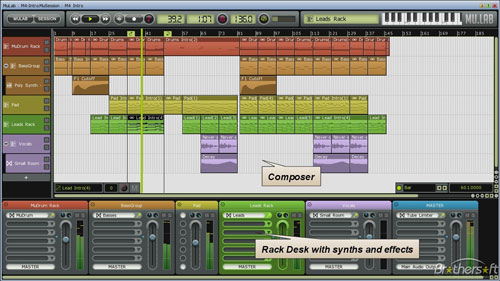

- R editor for mac how to#
- R editor for mac pdf#
- R editor for mac install#
- R editor for mac update#
- R editor for mac code#
R editor for mac code#
Unfortunately, you can’t use italics inside code blocks, since special characters are all interpreted literally and other formatting (colors, etc) are applied automatically via a JavaScript syntax highlighting engine. If you highlight the content and click quote it will automatically populate the reply with the formatted code: I really wanted you to see this_code_here I really wanted you to see `this_code_here` It also creates a clear chunk of code for others can copy and paste into their own R environment.
R editor for mac how to#
Basically, homebrew just makes life easier.įAQ: How to make your code look nice? Markdown Formatting metaĬode Chunks Quote Snippets Show-Hide Spoilers Markdown Text Formatting
R editor for mac install#
If an install is complicated, the messages it generates will tell you if you may also want to take some other action. Maybe my favorite part of brew is that it installs everything in /usr/local/Cellar, but symlinks everything to usr/local/bin, which is on $PATH by default, so you don't have to worry about managing it or ending up confused because the new tool you installed doesn't seem to be installed. Applications' self-update features work as usual, so for frequently-updated apps like firefox, it's more just a way to install, as the app will independently keep itself up-to-date. iterm2 or flycut or font-fira-code or most any non-Apple app you have on your computer.
R editor for mac update#
Everything is pretty reasonably named, too, although there is more of a difference between update and upgrade than the names imply.Įven if the command line still makes you nervous, homebrew is a pretty gentle (and useful!) introduction, and with cask, you can install easier-to-see things, e.g. Since brew and brew cask are so parallel, it's pretty easy to remember how they work (or find out if you forget).

More basic, useful commands: brew help # see available commandsīrew update # update internal list of packages and versions (including cask)īrew search git # search for utilities and applications with "git" in the nameīrew info git # show package version, homepage URL, dependencies, options, etc.īrew upgrade # upgrade all outdated command-line utilitiesīrew cask install rstudio-preview # install preview version of RStudioīrew cask upgrade # upgrade outdated applications installed with caskīrew cleanup # delete old, unneeded files downloaded by homebrew (only once ever) in the terminal and then to install XQuartz, just brew install xquartz

(It runs a script from the internet, so I won't copy it here so you at least know you're getting it from the source.) Once homebrew is installed, to add cask, just run brew tap homebrew/cask If you're just getting started with homebrew, install it by copying the terminal command in the first link above. And let's face it: Unless it's really easy, there's no way any of us will possibly keep git or curl or other things that don't self-update up-to-date, and for the sake of security we usually should. The advantage of homebrew is that it's a full-on package manager, so it not only makes it easy to install things all in one place, but also makes it easy to keep them updated.
R editor for mac pdf#
The resulting PDF will be stored in the same directory as the Rmd (R Markdown file) you just created.A quick way to install XQuartz is with homebrew via homebrew cask. To see what the resulting output looks like based on this code, click on the Knit PDF button near the top of the pane.Īfter giving the resulting PDF a name, you should obtain a PDF similar to the one shown below. This creates a basic R Markdown file with some hints as to how to do a few things using R Markdown. You can also change your mind later and create any of (or all of) the three of these formats if you so choose.) You can also create HTML or Word documents by choosing the appropriate output format here. (This will check that MacTeX was appropriately installed. In the resulting screen, select Document on the left and select PDF as the Default Output Format. Select File > New File > R Markdown from the RStudio taskbar menu. These types of documents will give you the ability to nicely document your code, include your code, and also the output that your code produces. To check that R, RStudio, and TeX have been installed correctly, we will create a sample R Markdown document.


 0 kommentar(er)
0 kommentar(er)
